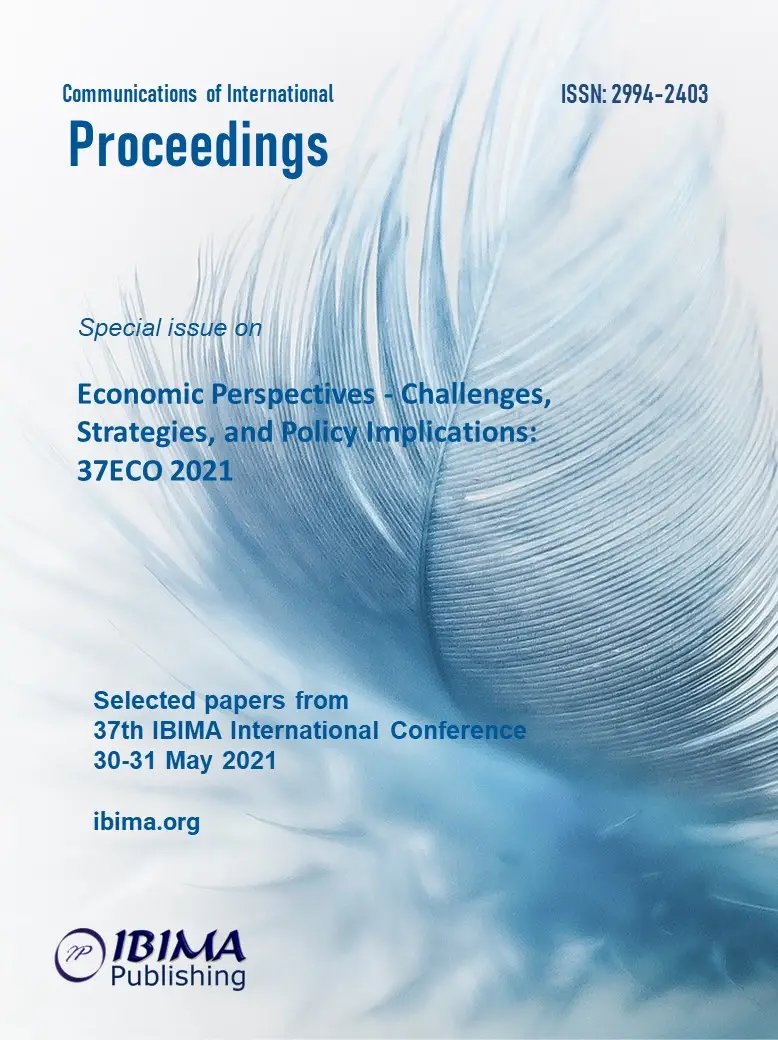
1Svitlana YEVDOKIMENKO, 2Serhii YEVDOKIMENKO and 3Volodymyr STRELTSOV
1,2Department of Criminal Law and Administrative Law, Kharkiv National University of Internal Affairs
3Management Department, Pomeranian University, Poland

The article deals with the investigation of civil liability in the case of damage by systems equipped with artificial intelligence.EU debate about policy option most common to all national systems could in the nearest future develop new rules for EU member states. EU seems to be drifting towards placing greater emphasis on common EU law concerning civil liability for artificial intelligence. The analysis has focused on the four general groups of situations commonly covered in national law by strict liability provisions: damages caused by things, dangerous activities, animals and vicarious liability. Based on strict liability provisions those groups have been classified according to the level of flexibility. The purpose of the study is to emphasize that the rules of accountability must strike a balance between protecting citizens from possible harm caused by the activities of artificial intelligence systems and enabling technological innovation. Different policy options and legislative regimes have been proposed for Poland based on different EU member states trajectories.